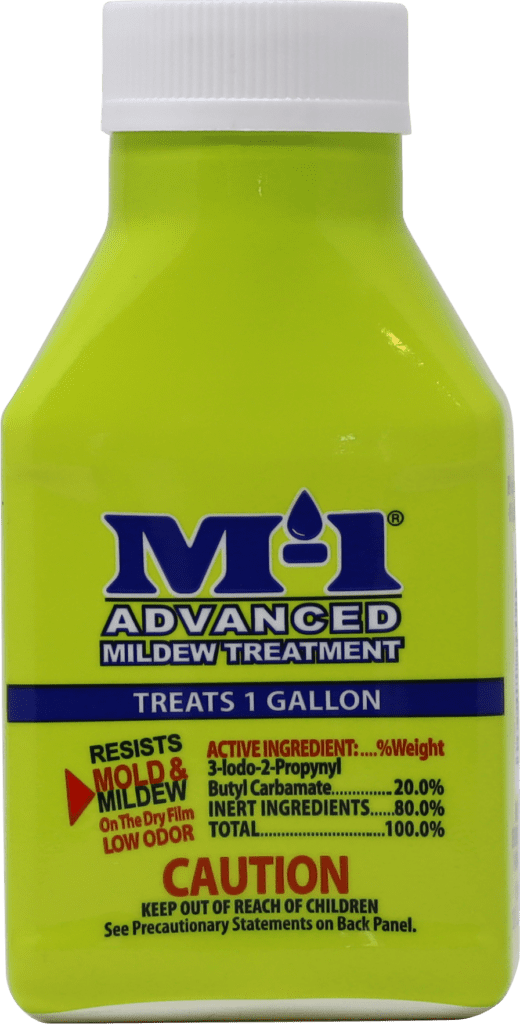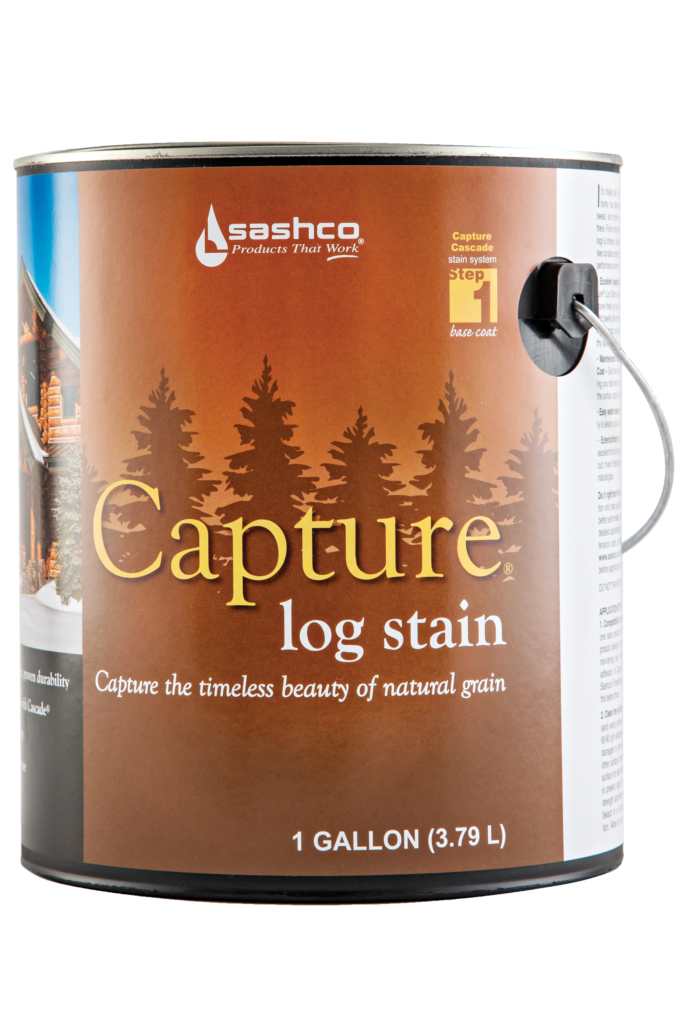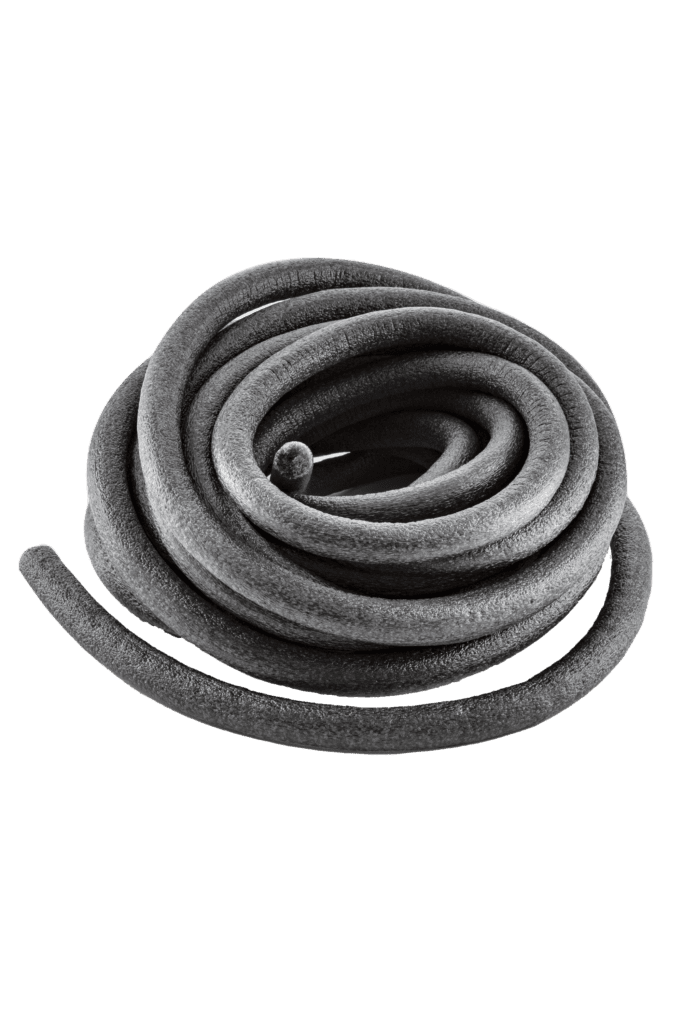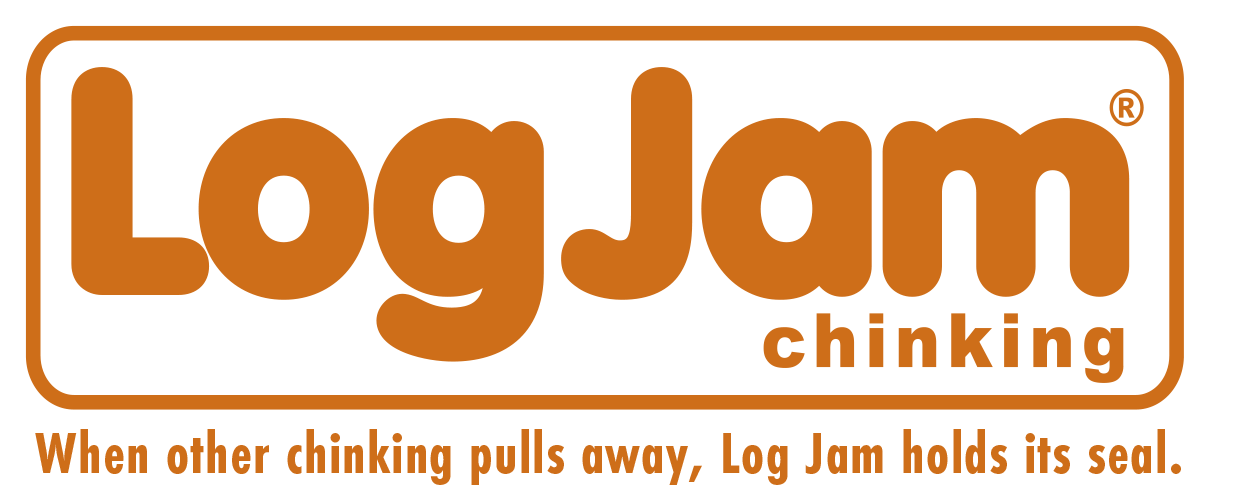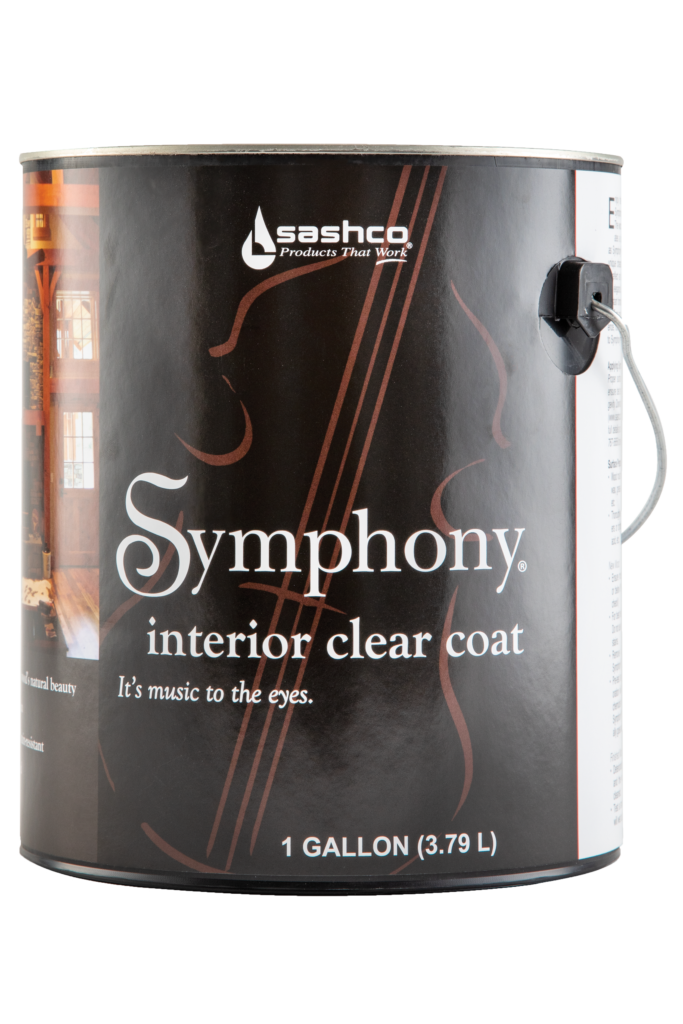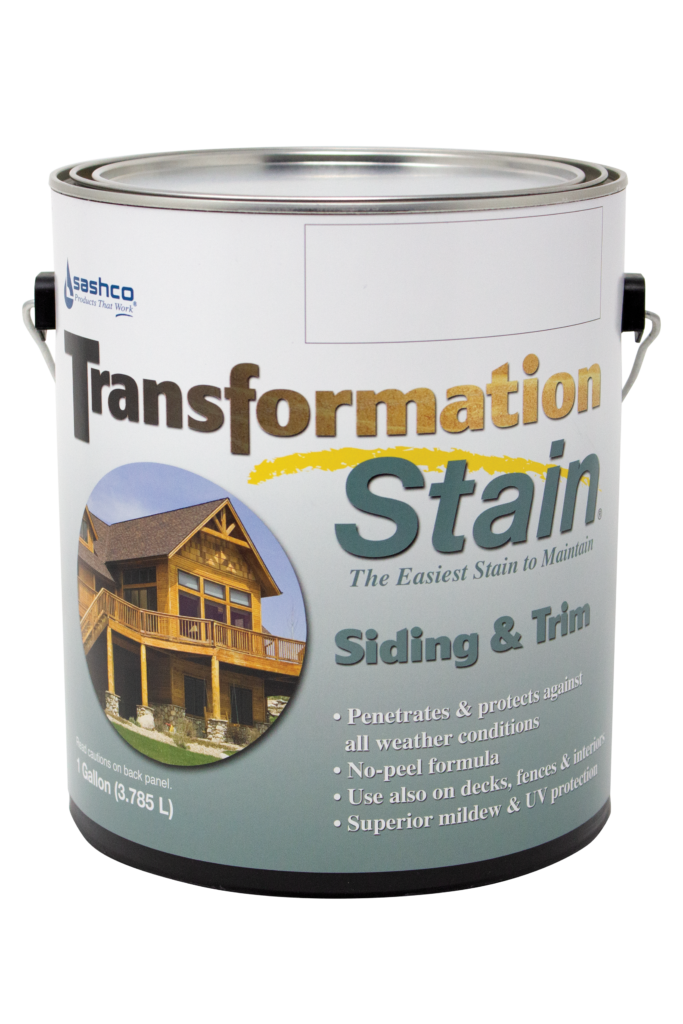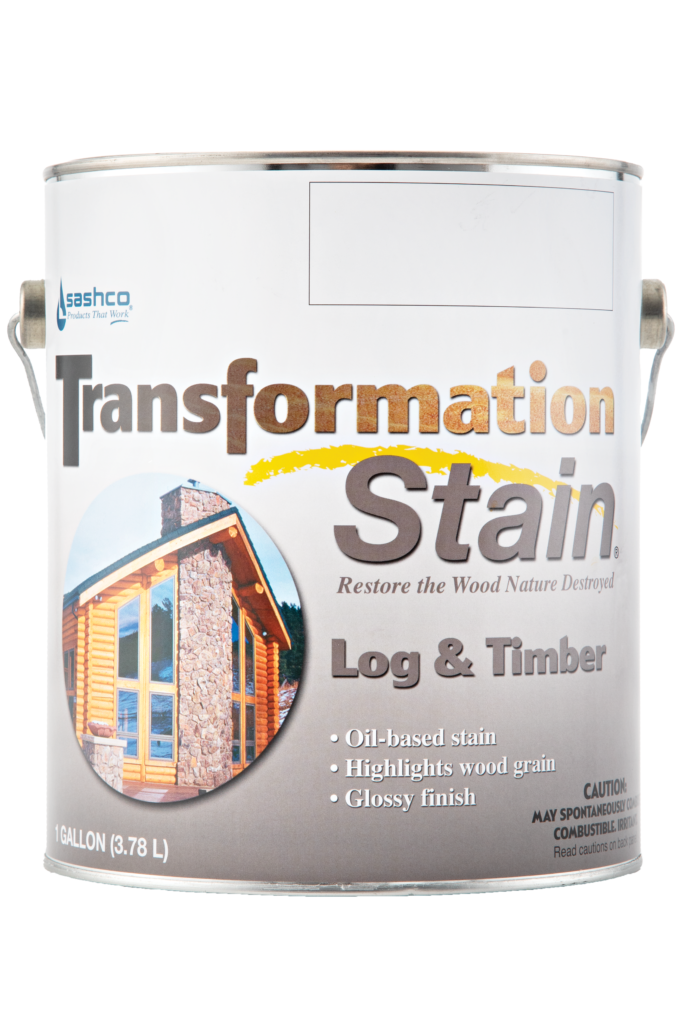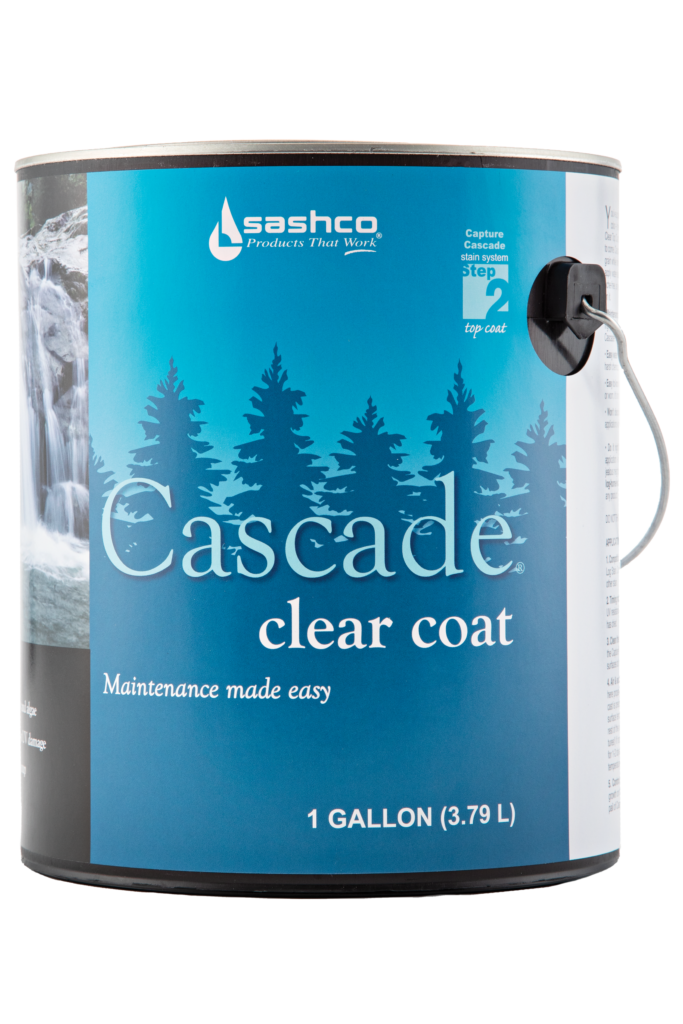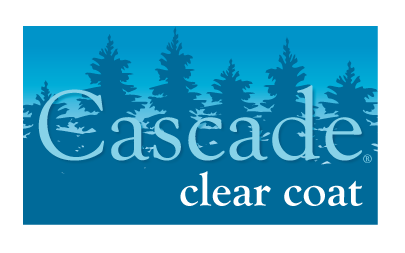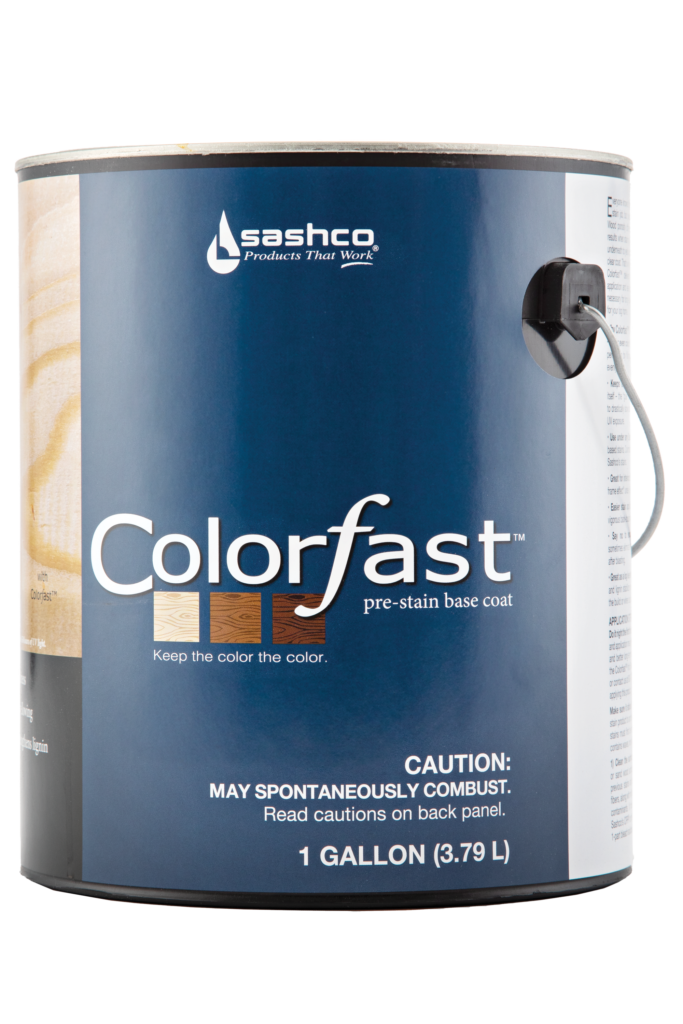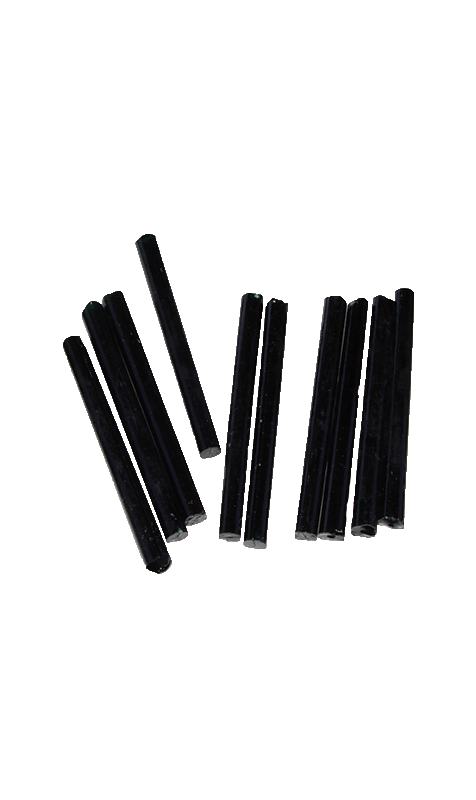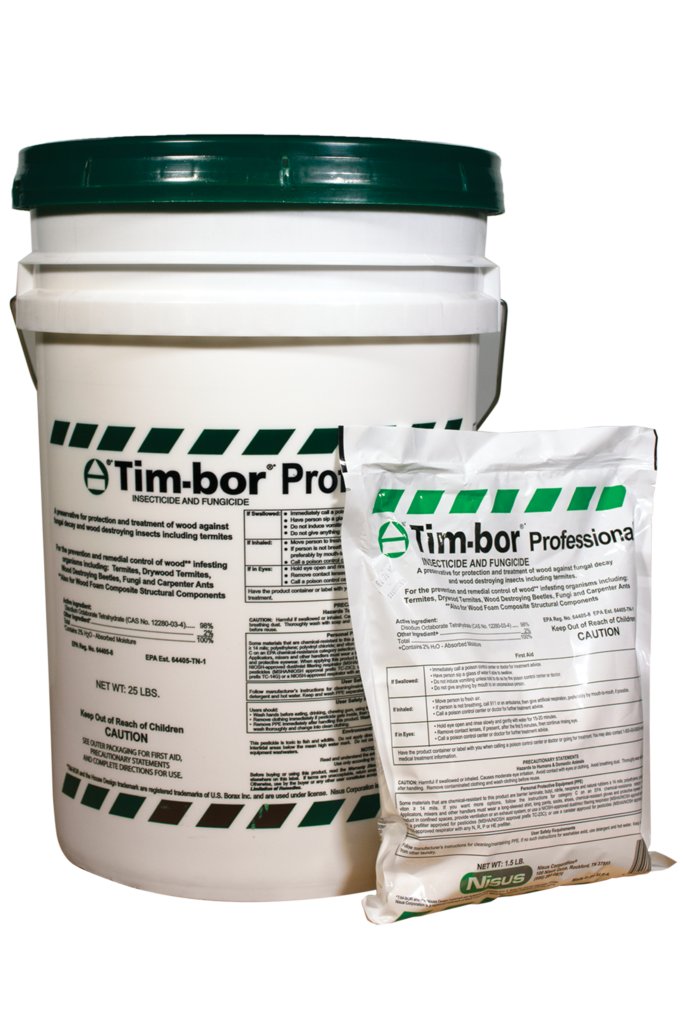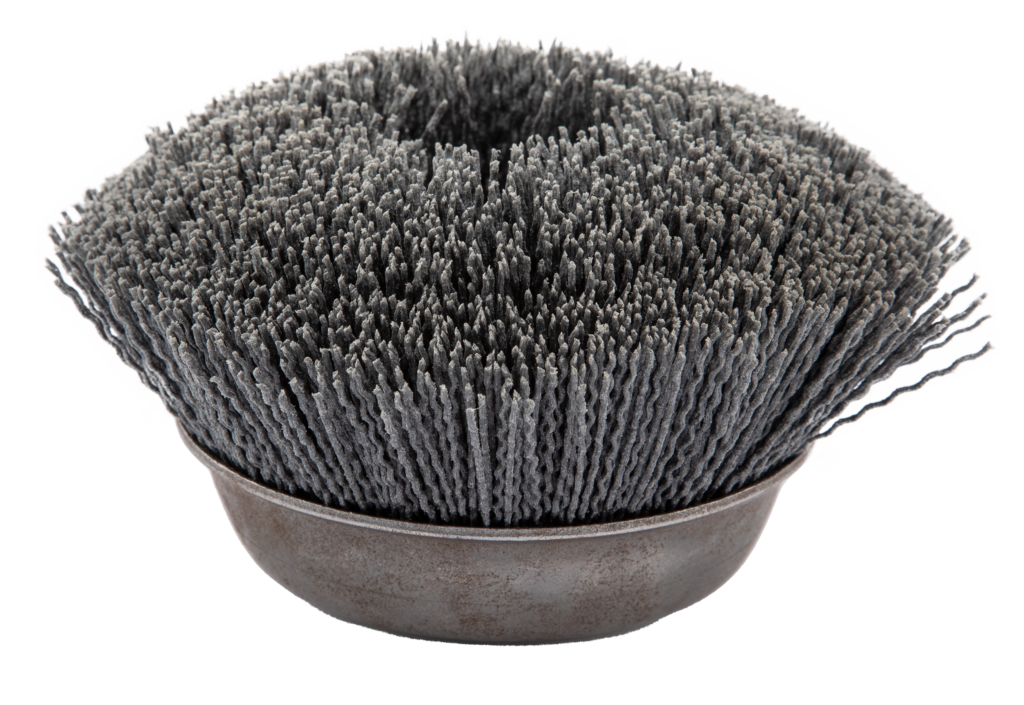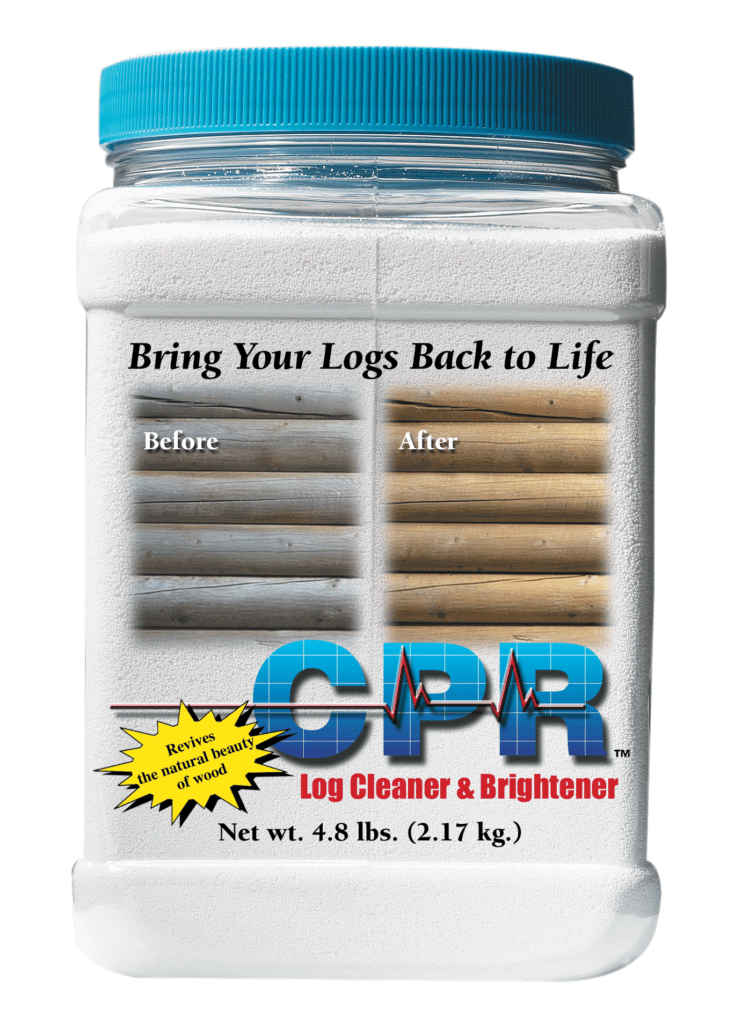Adhesive Failure – How to Fix Splits & Tears in Caulk.
As winter winds down, you might notice some tears in the caulking around your windows, doors, siding, etc.
It is important to understand what causes caulking tears and how to prevent them from occurring again. We will discuss the causes of caulking failure and, most importantly, some easy fixes.
{{cta(‘4424fefe-962b-463f-a764-70ecb52ef573’)}}
Caulk can fail in three different ways:
- Cohesive failure – when the caulk bead splits down the center. Read about causes and fixes here.
- Adhesive failure – when the caulk bead doesn’t stick to the surface anymore. More on that below.
- Substrate failure – when the caulk bead tears off part of the surface. More on that in next week’s post.
Let’s talk adhesive failure.
Basically, adhesive failure looks like caulk that’s just not sticking to the surface anymore.
How does this happen? Possible causes and solutions include:
1.) The product is chemically incompatible with the paint, stain or previous caulking (usually silicone) already on the surface.
Many paints and stains contain waxes or silicone that caulk won’t stick to. And nothing can stick to silicone caulk. In the future, make sure to check on the chemical compatibility between any two products before you buy and save yourself the work of redoing the caulk.
Solution: Remove the old caulking bead and clean the surfaces. If it’s silicone, use a silicone caulk remover like McKanica® Silicone Caulk Remover (available at most hardware stores). If it’s the paint or stain that is incompatible, you will need to either, a) remove it by sanding or chemically stripping the product off to get down to a clean, bare surface; or b) coat over top of it with a product that will be compatible with the new caulk. Check with the manufacturer of both products for the best solution in your circumstances.
2.) The product is incompatible with the surface.
Many caulks won’t stick to certain types of plastics like polypropylene or polyethylene. Some surfaces are coated with non-stick materials that work as design – nothing will stick to them.
Solution: There’s no easy solution here. A non-stick surface is designed to be just that, which means caulks won’t stick to it. It will often mean replacing or repairing the surface through the manufacturer.
3.) The surface was not properly prepared before caulk was applied.
It’s true that surface prep is the main determinant of any product’s ability to perform at its peak. Any dirt, pollen, loose wood fibers, waxes, etc. left on a surface prior to caulking will eventually come loose and fall off the surface, taking your caulk and anything else applied over top, right along with it. So, as we like to preach often and loudly here at Sashco, surface prep! Surface prep! Surface prep!
Solution: Remove the caulk, prep the surface properly, and apply new caulk. Not sure what proper surface prep is? Watch Caulking 101 and you’ll be well on your way to a proper caulking job.


